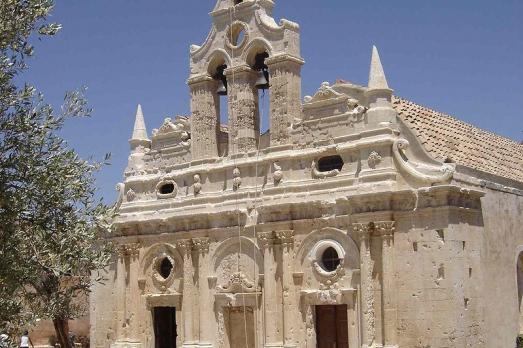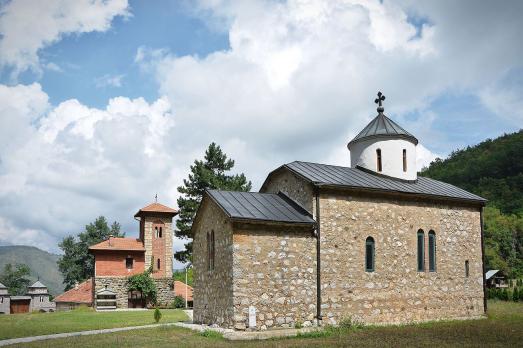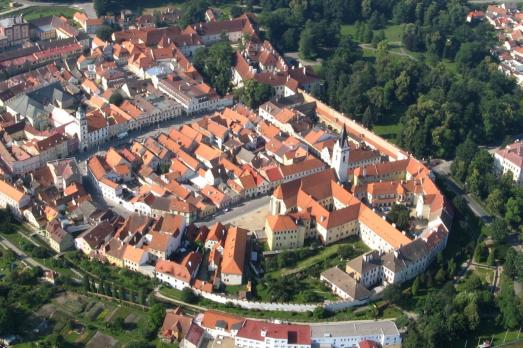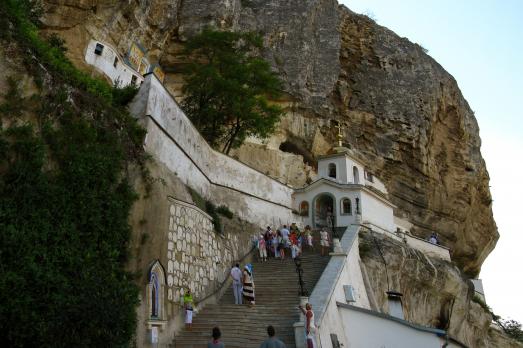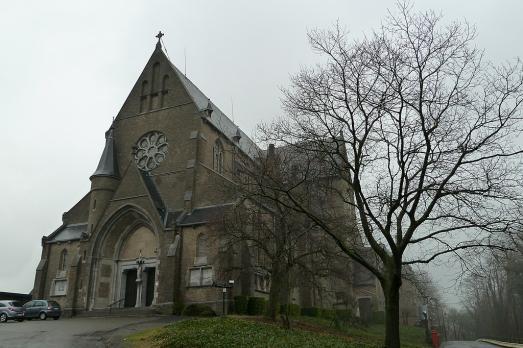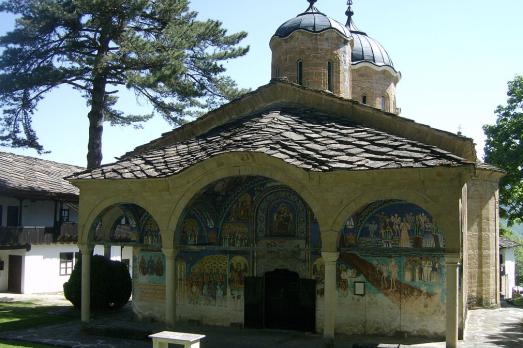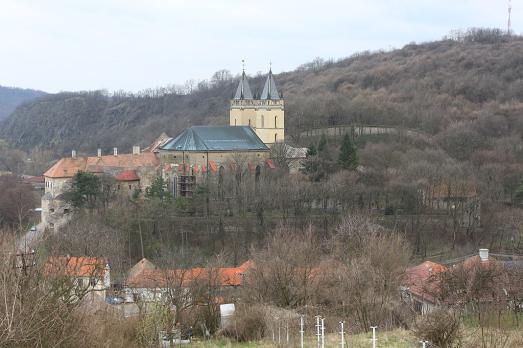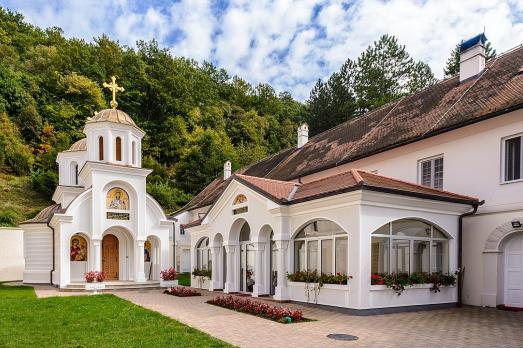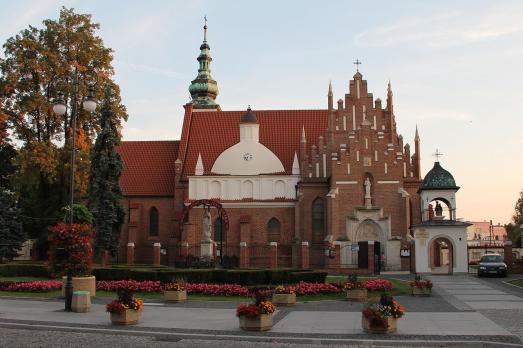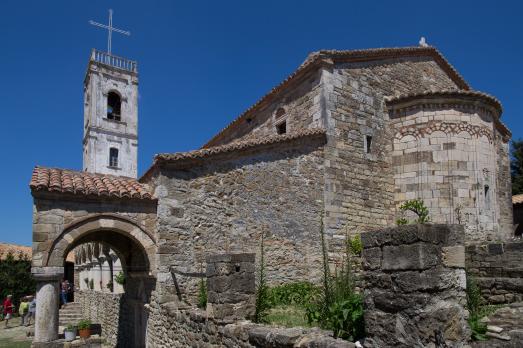
Ardenica Monastery
, AL
The Ardenica Monastery was erected by the Byzantine Emperor Andronikos II Palaiologos in 1282 in honour of his victory over the Kingdom of Sicily during the siege of Berat. Closed and in a state of ruin in 1967, the monastery was saved thanks to its reputation as the wedding venue of Skanderbeg (1443 - 1468), Albanian national hero. The monastery has been rebuilt since 1988.
